Ready to run? Before you get going, keep this in mind: A good running route is integral to a successful endurance workout. You should choose one that will offer maximum physical benefits while protecting you from bumps in the road that could sweep you off your feet — and not in a good way.
I’ve been running since 2006 (ever since I left New York City for a 13-year expat adventure abroad), and during that time, I’ve hit the road in countries on every continent except Antarctica. Here are some secrets I’ve learned along the way about picking the right route.
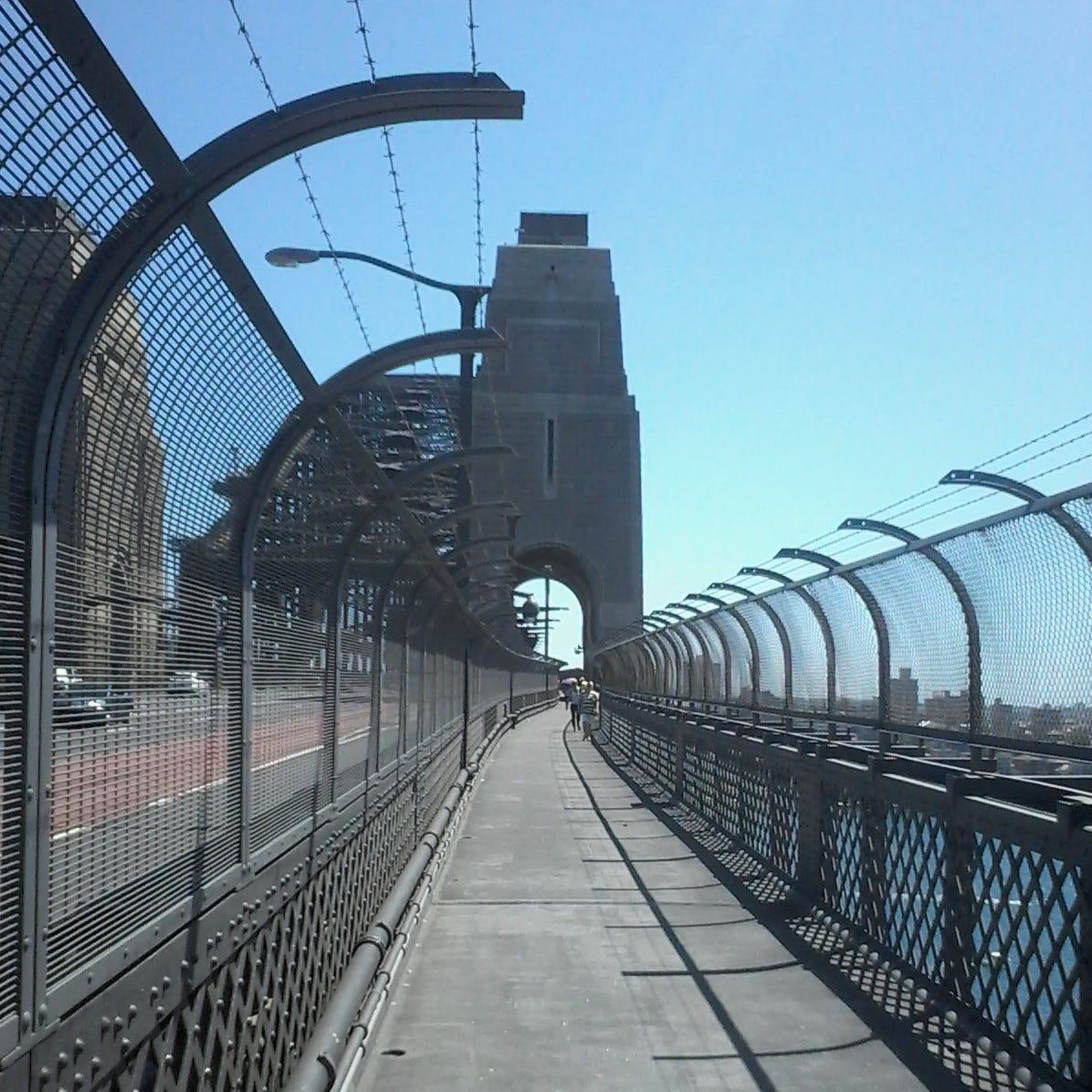
A long, straight line is more interesting (and inspiring) than short laps.
Jogging around a small track, park, or lake gets boring fairly quickly, and it can make you feel as if you’re not actually getting anywhere because you keep passing the same things. This could effect your mental state during the run and lead you to think you have to complete more laps than necessary for an effective workout.
Personally, I never feel as if I’ve done enough after running laps. I get a greater sense of accomplishment from running long distances in straight lines because I literally cover more ground. Even if you take the same route to run back to where you started, you’ll see everything just twice and from a different point of view.
That said, circling a large park, botanical garden, or body of water can be exhilarating if the space in the middle is massive enough for one lap to get you struggling to cross the finish line back at your starting point. Three of my favorite all-the-way-around running routes in the world — the 2.4 mile Tan and 3 mile Albert Park Lake in Melbourne and the 3.3 mile Park on the Artificial Lake in Tirana, Albania — qualify. For one, you won’t pass the same scenery twice, and there’s no need to count laps. Once is usually more than enough.
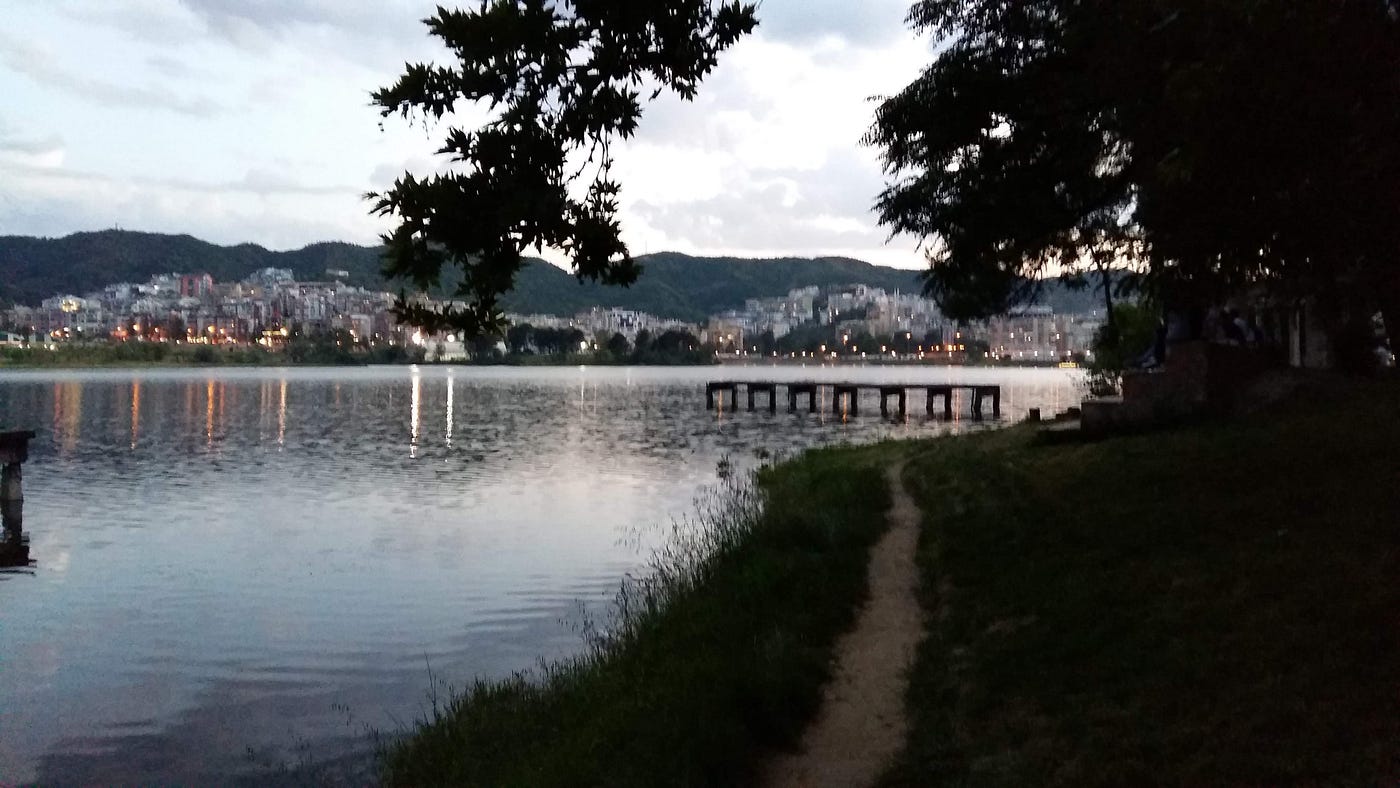
A clearly defined path keeps you from stepping in it.
When you get off the sidewalk (which, by the way, is so much better for your hips and knees than hard concrete) and start running on earth or dirt in more natural environments, look for routes that have clearly designated trails for joggers. These can help ensure you don’t step in animal dung, and it can prevent you from landing on top of dangerous objects that can be hidden in grassier areas. The path might get a bit muddy after a rain shower, but better a little mud on your shoes than a stray rusty nail in the sole of your foot.

A body of water can perk up any running scene.
The black swans in the aforementioned Albert Park Lake in Melbourne provide such lovely peripheral scenery that they actually inspire me to keep running. Views to a thrill have kept me going around large lakes and along rivers, harbors, and coastal shores in cities like Bangkok, Belgrade, Berlin, Cape Town, Chișinău (Moldova), Melbourne, New York City, Prague, Sydney, Tel Aviv, Thessaloniki (Greece), Tirana, Vancouver, and Bar, Montenegro. If you head out early enough to avoid the crowds, the water produces a calming affect even as your body motion raises your heart rate.
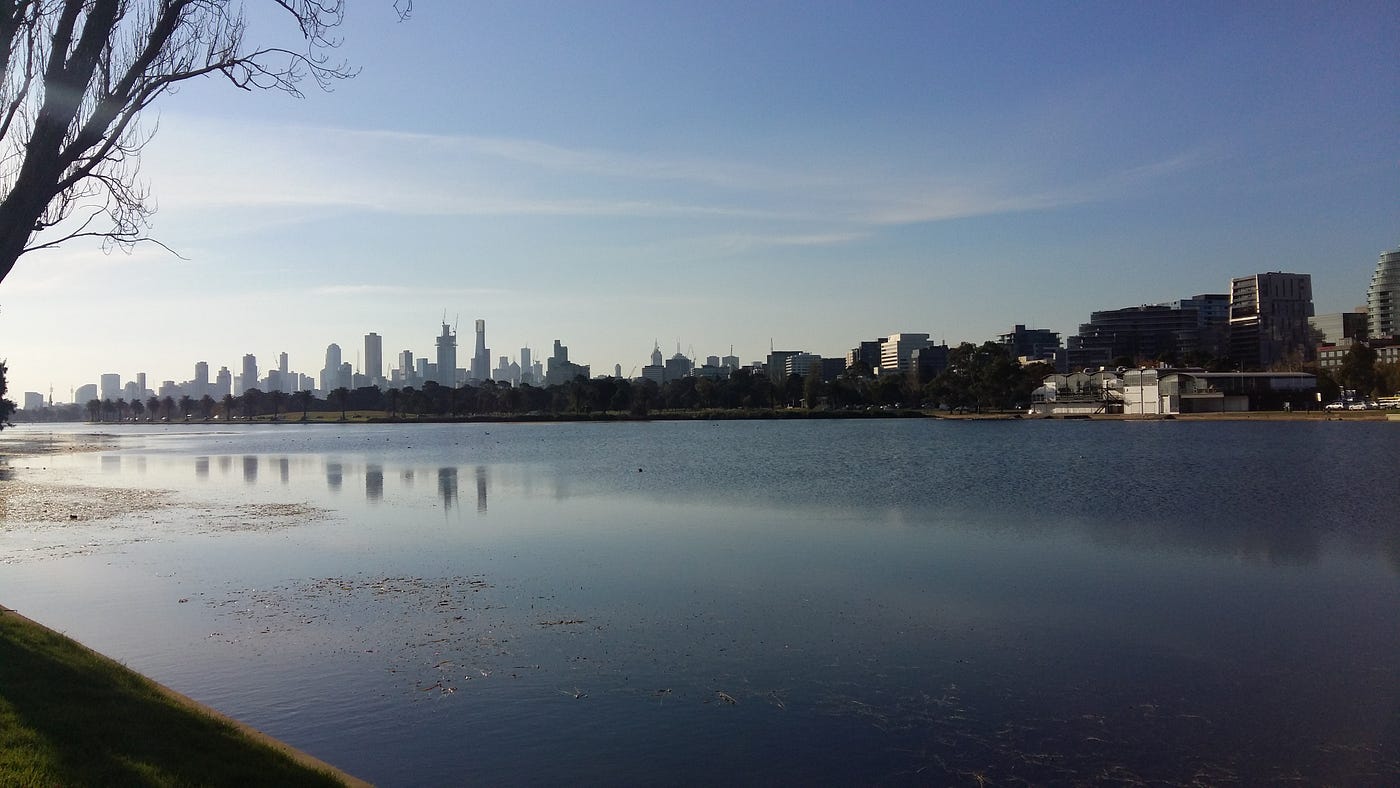
The route less traveled is a happier trail.
If you can’t get up early enough to beat the jogging crowd, then maybe you can pick a route that doesn’t attract as many enthusiastic runners. The Tan in Melbourne can be annoyingly packed, even in the early morning hours, but across town, there hardly ever seems to be anyone going around Albert Park Lake, which makes it the perfect spot for quiet contemplation on the run.
I used to love running through the foothills of Table Mountain in Cape Town during the year I lived in South Africa, mostly because nobody else did. But there are no sidewalks in some parts, and every time I turned a blind corner, I held my breath and prayed an unseen car wasn’t coming around the bend. To make things safer, I’d turn down the music ahead of dangerous curves and just bask in the sound of silence or a fast approaching car. Crises averted.
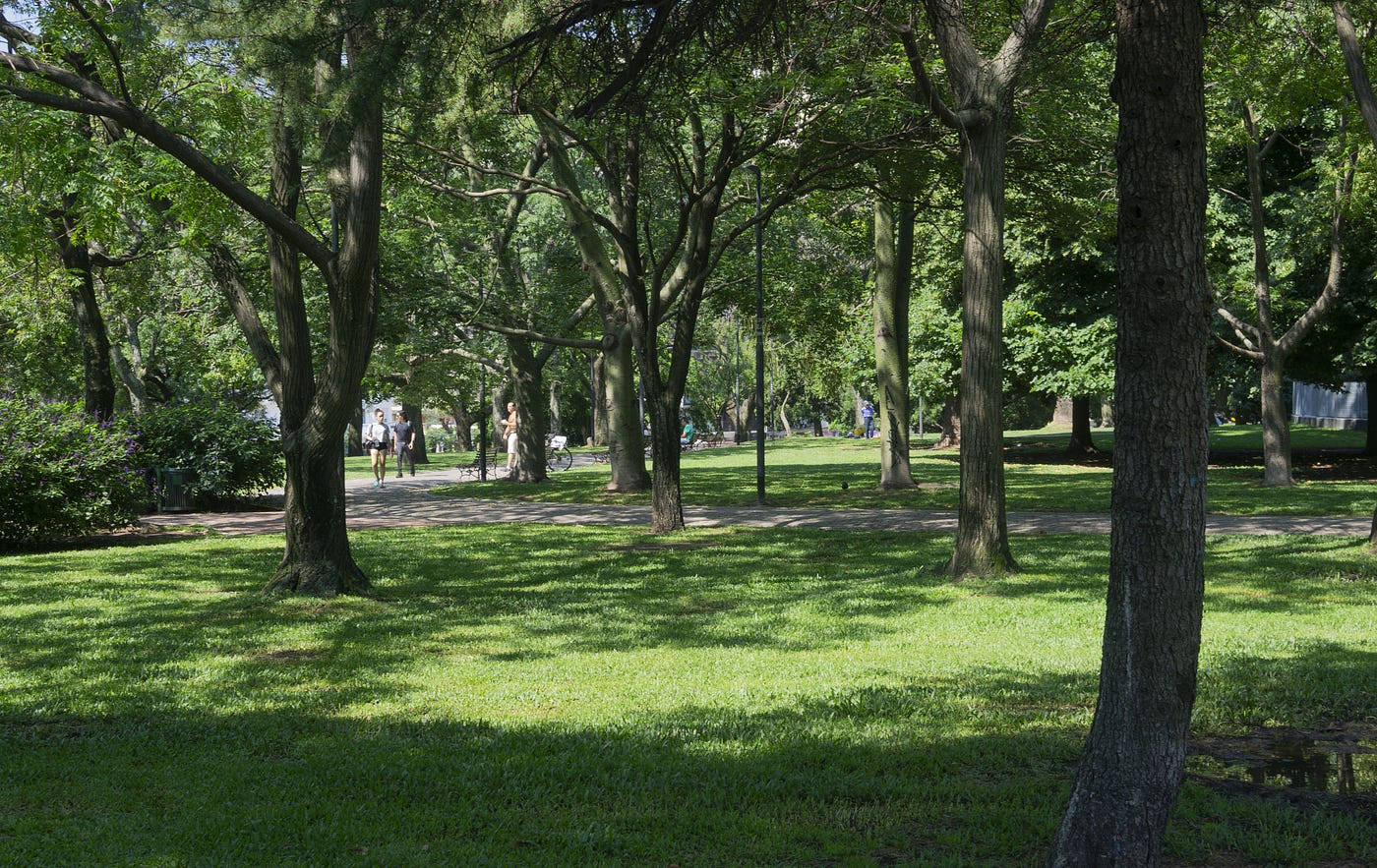
Where’s the nearest bathroom?
Good luck you’re crossing the 1.4 mile Williamsburg Bridge in New York City (where I’ve been living once again since September of 2019) if you suddenly have to go. As appealingly challenging as that curved running route can be, I’d rather jog along the East River, going north or south from Houston Street because I know I’ll occasionally pass small park areas where I can relieve myself in the men’s room should the necessity strike.
During the four and a half years I lived in Buenos Aires, I carefully mapped out the route of my city run so that I’d never find myself too far from a functioning public toilet. My two favorites: 1) Guatemala and Amenábar in Palermo Hollywood to Federico Lacroize in Colegiales and up to Libertador and back around to Parque Tres de Febrero and Eco Parque in Palermo. 2) A double bill featuring Tres de Febrero and Parque Las Heras, which is a short sprint to Alto Palermo Shopping mall.
Somebody once told me that running activates the digestive system (specifically the colon, which can lead to the urge to poop), so its always a good idea to prepare a detour plan in advance.
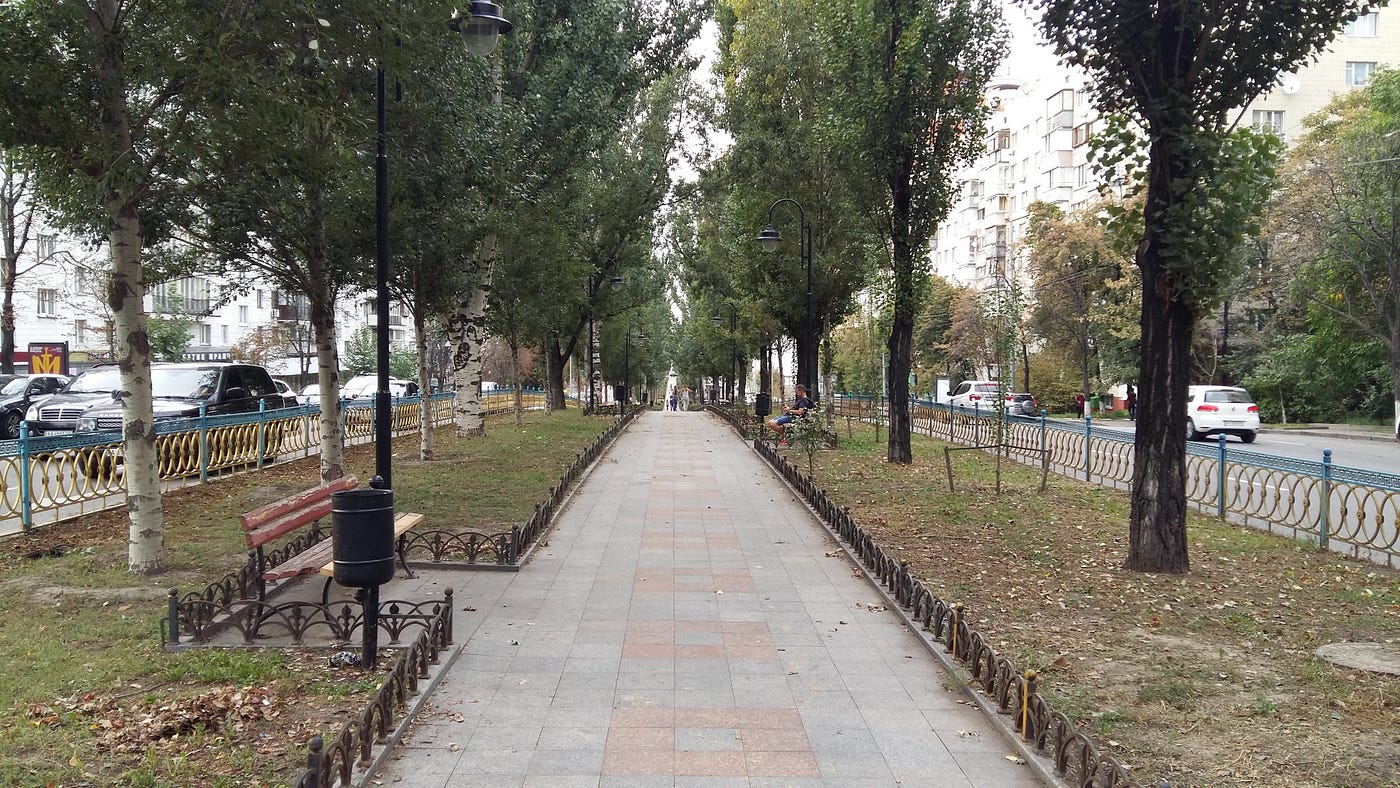
What are the chances of being clipped by a car or bike?
It’s hard enough dealing with all the foot traffic you’re sure to encounter while on the road. Do you also want to risk being the unfortunate pedestrian in a car or bike incident? This is why it’s best to minimize your time running along streets with heavy traffic. Lumpini Park in Bangkok is an excellent running site, and whenever I jogged to get there during my several on-off years in Thailand, I tried to take as many side roads as possible. Even in Buenos Aires, I often skipped busy Libertador in favor of one of the heavily wooded (but slightly creepy) paths behind it.
Parts of my running routes in Bucharest (Romania), Kiev (Ukraine), and Tel Aviv were medians in the middle of busy boulevards, with traffic going in opposite directions on both sides. For my regular runs from Tor Pignatarra to Centro Storico in Rome, I started at the crack of dawn, not just to avoid cars and bikes, but because you haven’t really experienced the Colosseum until you’ve experienced it just after the sun comes up when most of Rome is still asleep.
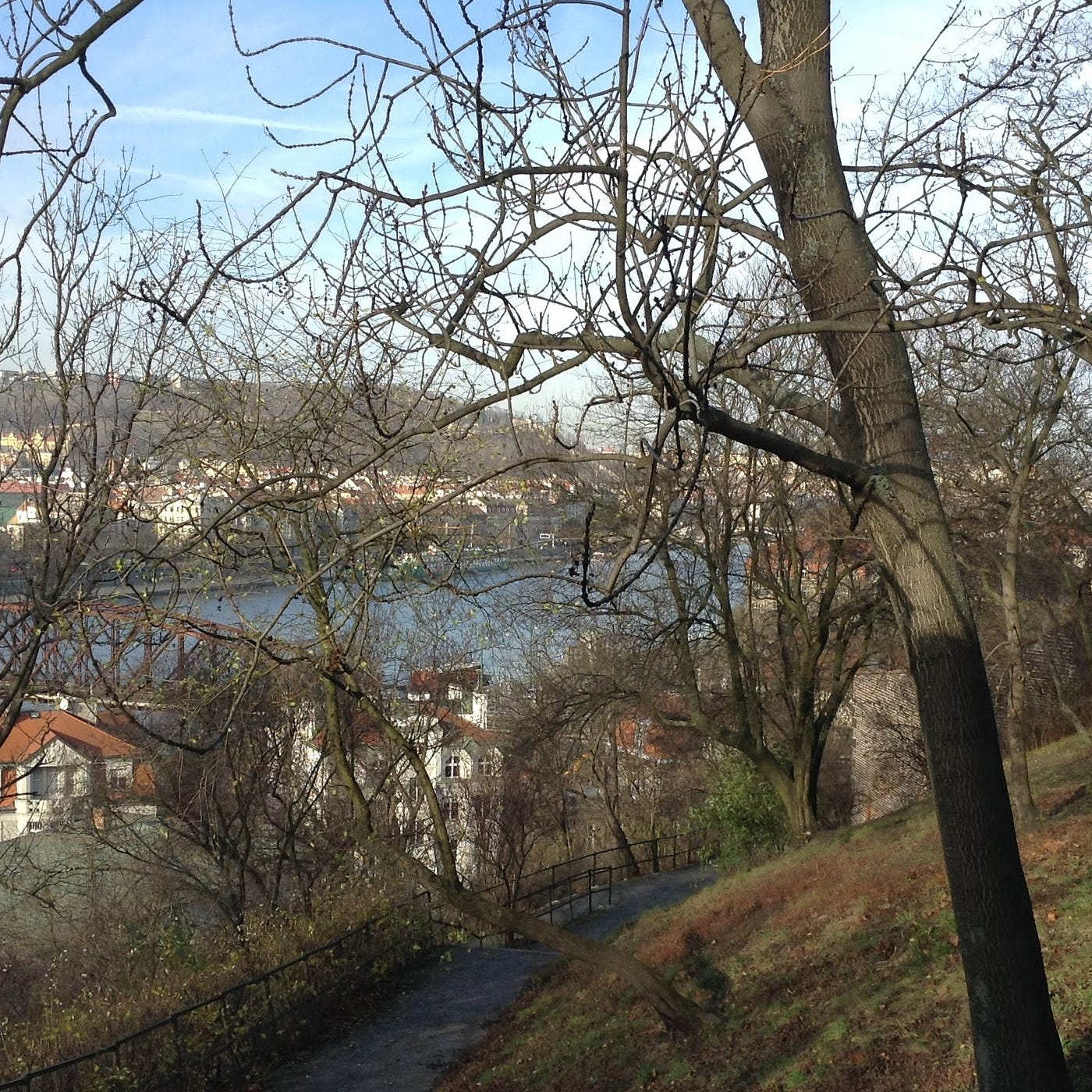
Can you get some shade on the side?
Melbourne’s Albert Park Lake is fairly brutal when it comes to the elements, offering no protection from the whooshing wind or the scorching sun. I deal with it, but I’m always happy to find a good running route, like along the Spree River in Berlin’s Mitte neighborhood, that has occasional sections where tree cover stops the sun from beating down directly on bodies in motion.
Running through heavily wooded areas — which I did in Bredene, a beachside town in Belgium — is one way around the summer sun problem. Thankfully, there are many, like the aforementioned slightly creepy one behind Libertador in Buenos Aires, that don’t require a scythe to cut through the greenery.
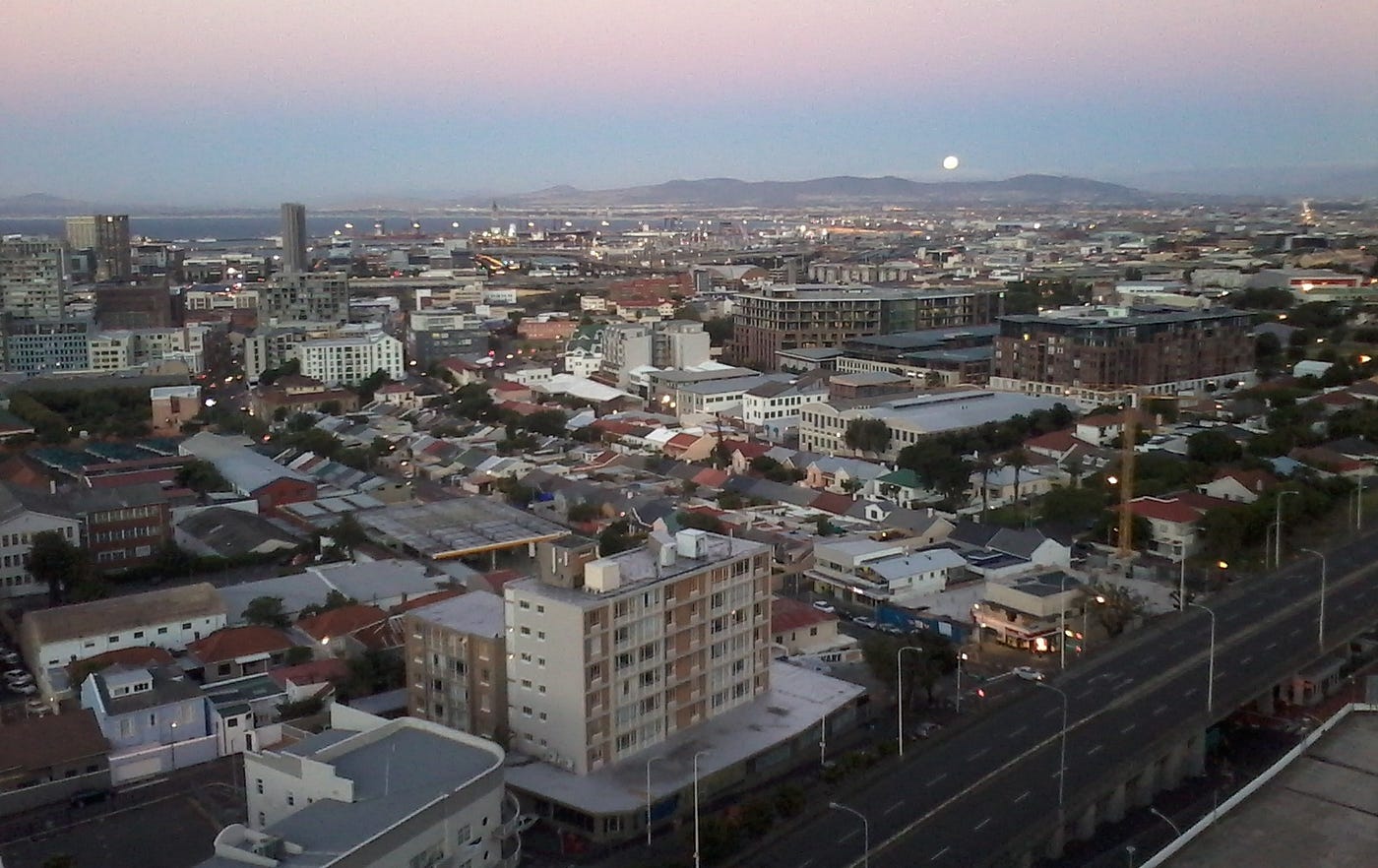
You could be running up that hill with no problem.
Given a choice between a bridge and a hill, I’d take the hill on the run any day. That’s one of the reasons I love jogging in cities like Sydney and Cape Town. They’re naturally hilly, so when you reach the top of an incline, you feel like a warrior in breathable shorts.
New York City doesn’t have any real hills, but it has a surplus of bridges for those who’d rather not go for long runs on flat earth. Unfortunately, its bridges tend to be a bit crowded with like-minded joggers and cyclists, so if you go at the wrong time of day, you might find yourself having to maneuver around a steady stream of walkers and fellow runners.
Some flat cities offer neither option, so you’ll have to look for other places where you can get a vertical workout, like outdoor steps, bleachers, and pedestrian overpasses, or the stairs leading up to your apartment. There’s nothing like getting higher on one of nature’s inclines, and the first trip up may be possibly the most grueling, but it probably also will be the most thrilling. At the end of the climb, you never know what you’ll find on top.
